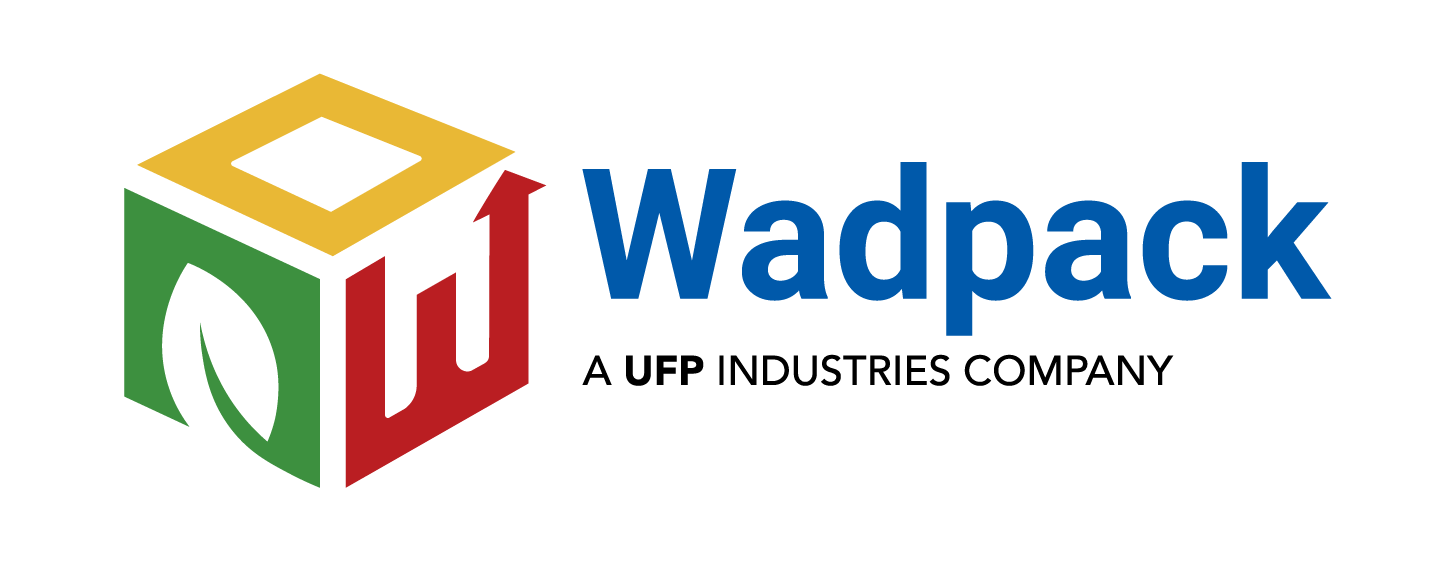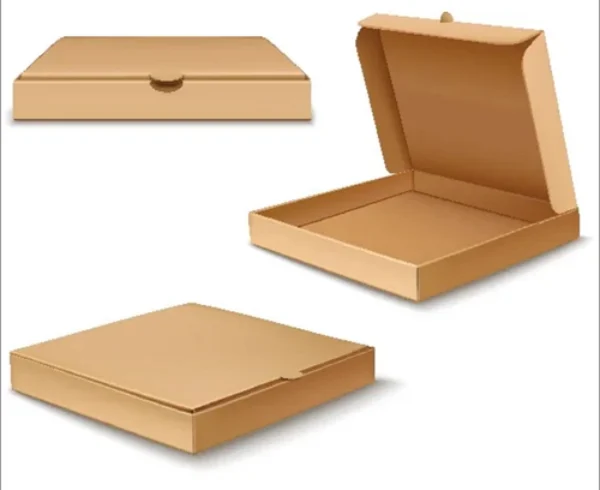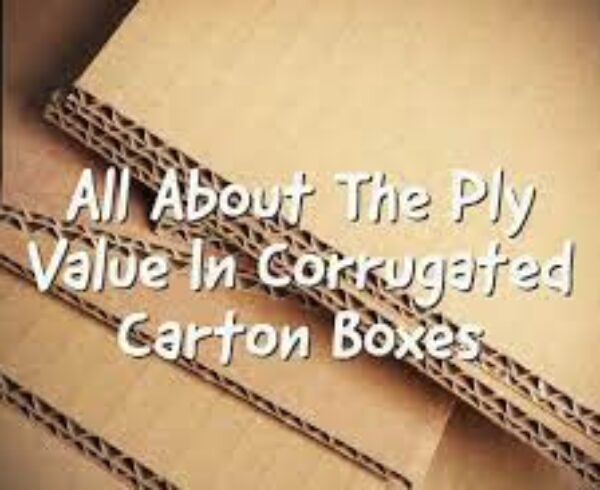Plastic Packaging Or Corrugated Boxes, Which Is Best For Your Business
When it comes to packaging options for your business, the choice between plastic packaging and corrugated boxes can have a significant impact on various aspects of your operations. Both options have their advantages and disadvantages, and the decision ultimately depends on your specific needs and considerations. In this article, we will explore the characteristics, benefits, and drawbacks of plastic packaging and corrugated boxes to help you make an informed choice for your business.
Plastic Packaging:

Plastic packaging has gained popularity in various industries due to its versatility, durability, and cost-effectiveness. Here are some key points to consider:
- Versatility: Plastic packaging offers a wide range of options, including bags, pouches, bottles, and containers. It can be molded into different shapes and sizes, allowing for customized packaging solutions tailored to your products.
- Durability: Plastic packaging is known for its strength and resilience. It provides excellent protection against moisture, impact, and external contaminants, ensuring that your products remain intact during storage and transportation.
- Transparency: Clear plastic packaging allows for easy visibility of the product, which can be beneficial for marketing purposes. It enables customers to see the product before purchase, potentially increasing its appeal.
- Lightweight: Plastic packaging is generally lightweight compared to other materials like glass or metal. This characteristic can contribute to cost savings in shipping and logistics, as it reduces the overall weight of the packaged goods.
- Cost-effectiveness: Plastic packaging tends to be more affordable than alternative options. The manufacturing process is often less expensive, and the lightweight nature of plastic can reduce transportation costs.
However, there are some considerations that may make plastic packaging less favorable for certain businesses:
- Environmental Impact: Plastic is notorious for its negative impact on the environment. It is derived from non-renewable fossil fuels, and certain types of plastic can take hundreds of years to decompose. The accumulation of plastic waste in landfills and oceans has led to environmental concerns and increased public awareness of the need for sustainable alternatives.
- Recycling Challenges: While plastic is recyclable, the process can be complex and costly, leading to lower recycling rates. Additionally, not all types of plastic are readily recyclable, and contamination or mixed materials can further hinder the recycling process.
- Perception and Brand Image: Some customers may have concerns about the environmental impact of plastic packaging. In recent years, there has been a growing demand for businesses to adopt more sustainable practices. Using excessive plastic packaging or failing to provide eco-friendly alternatives may result in negative perception and potentially impact your brand image.
Now let’s explore the characteristics and considerations of corrugated boxes:
Corrugated Boxes:

Corrugated boxes are made from a combination of linerboard and fluted cardboard, offering a sturdy and reliable packaging option. Here are some key points to consider:
- Strength and Protection: Corrugated boxes are designed to provide excellent protection for the packaged goods. The fluted structure adds strength and rigidity, making them resistant to compression, punctures, and impacts. This is particularly advantageous for fragile or delicate items.
- Recyclability: Corrugated boxes are highly recyclable and are often made from recycled materials themselves. They can be easily recycled into new paper products, reducing the overall environmental impact. Using corrugated boxes can align with sustainable practices and appeal to eco-conscious consumers.
- Customization and Printing: Corrugated boxes offer ample opportunities for customization. They can be easily printed with branding, product information, or marketing messages, helping to enhance brand visibility and recognition.
- Cost and Availability: Corrugated boxes are generally cost-effective, especially when compared to other packaging options such as wooden crates or metal containers. They are widely available and come in various standard sizes, reducing the need for custom manufacturing in many cases.
Despite their many advantages, corrugated boxes have a few considerations as well:
- Limited Protection Against Moisture: While corrugated boxes offer decent protection against physical impacts, they are more susceptible to moisture damage compared to plastic packaging. If your products are sensitive to moisture or require extended periods of storage in humid conditions, additional moisture barriers may be necessary.
- Bulky and Space-Consuming: Corrugated boxes can take up a significant amount of space, both during storage and transportation. This can be a concern if you have limited storage capacity or need to optimize shipping volumes.
In conclusion, the choice between plastic packaging and corrugated boxes depends on a range of factors, including the nature of your products, environmental considerations, cost, and branding objectives. Plastic packaging offers versatility, durability, and cost-effectiveness, but it comes with environmental concerns and potential negative perception. On the other hand, corrugated boxes provide strength, recyclability, and customization options, while requiring additional measures for moisture protection and occupying more space.
Ultimately, businesses are increasingly prioritizing sustainability and eco-friendly practices. If you can find ways to mitigate the environmental impact of plastic packaging, such as using recyclable or biodegradable materials, it may still be a viable option. However, considering the growing demand for sustainable packaging solutions, transitioning towards corrugated boxes or exploring alternative eco-friendly materials might be a strategic choice to align your business with consumer expectations and environmental consciousness.




Leave a Comment